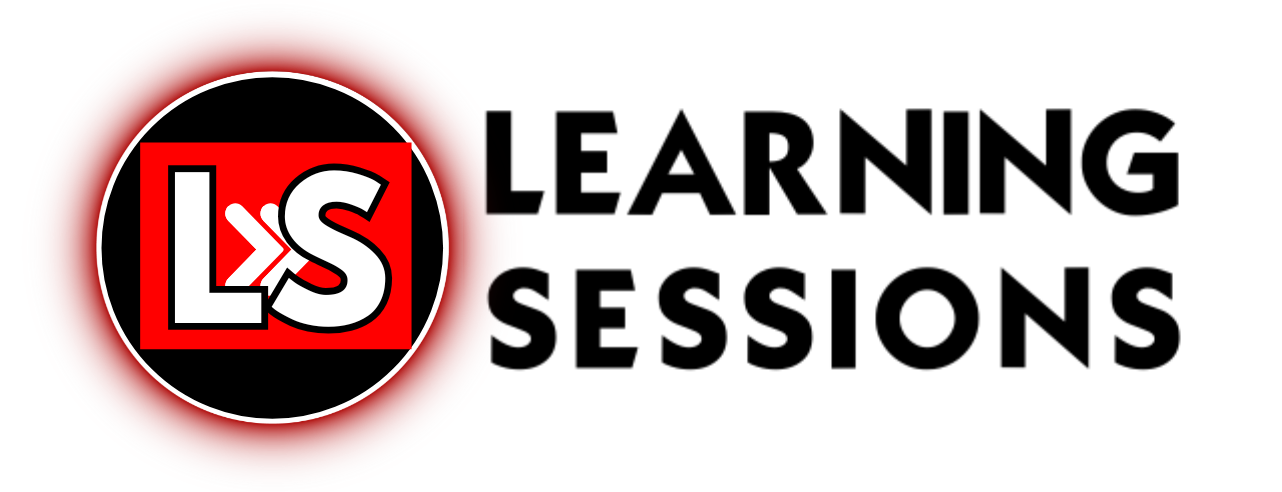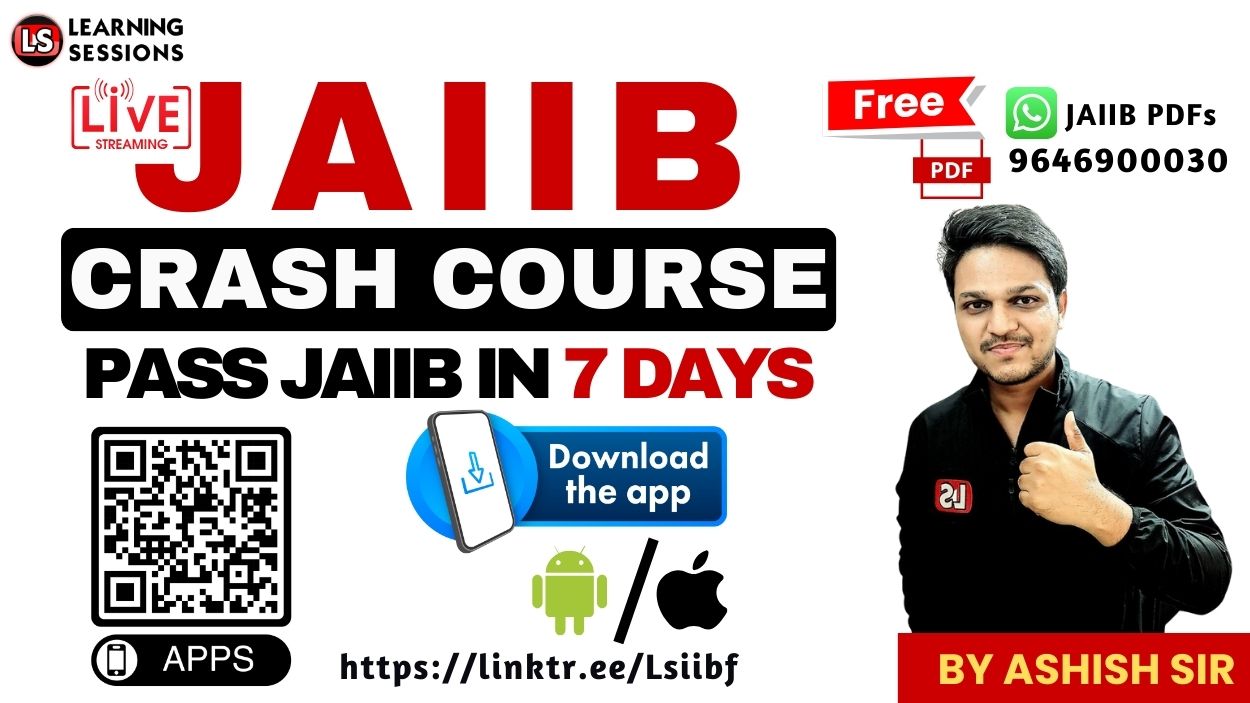Welcome to this all-in-one article designed exclusively for JAIIB PPB aspirants. This detailed guide covers Personal Finance and Laws Relating to Bill Finance with deep conceptual explanations, real-life examples, and exam-level Q&A.
🎥 WATCH PART 1 :
📚 JAIIB Study Resources 📚
👉 Check Here
👉 Check Here
👉 Check Here
👉 Get Tests Here
👉 Check Here
1️⃣ Understanding Personal Finance
Personal Finance means managing an individual’s or family’s money through earning, saving, spending, investing, borrowing, and protecting through insurance.
For bankers, it’s the foundation for retail lending, credit appraisal, and financial advisory.
1.1 Key Elements You Must Know
- Credit Card Issuance & Bank Liability (Unauthorized Issuance) – No card can be issued without written or digital consent. Unauthorized issuance = full liability on bank.
- Transparency in EMI & Hidden Interest – Effective cost must include interest, processing fees, and insurance; non-disclosure breaches RBI fair-practice norms.
- RBI Guidelines for Miscommunication and Hidden Charges – Misleading promotion or non-disclosure of annualized rate invites penalties.
- Home Loans in Unauthorized Colonies – Such properties lack clear title; banks require additional legal scrutiny and valuation.
- Joint & Several Liability under NI Act – All co-borrowers are individually and collectively liable; bank can recover full dues from any one of them.
- Card Network Tokenization – For data security, card numbers are replaced by unique tokens; only token is stored by merchants.
1.2 Case Scenarios for Exam & Practice
1.3 Exam Oriented Concepts & Notes
- Transparency Principle: No hidden charges – disclosure is mandatory.
- Unauthorized Transactions: Zero liability of customer if bank negligence proved.
- Dispute Resolution: RBI Ombudsman Scheme allows customers to lodge complaints within 30 days of bank reply or non-reply.
- Disclosure Formats: Interest rate, fees, penalties must be presented in standardized format to avoid miscommunication.
2️⃣ Understanding Laws Relating to Bill Finance
Bill Finance refers to financing of trade bills or bills of exchange by banks. It helps sellers get immediate funds while buyers get short credit. The legal framework is provided under the Negotiable Instruments Act 1881.
WATCH PART 2:
2.1 Essential Definitions
- Bill of Exchange: A written unconditional order by the Drawer directing the Drawee to pay a certain sum to the Payee.
- Promissory Note: A written promise to pay a certain amount to a specific person or bearer.
- Cheque: A bill of exchange drawn on a banker and payable on demand.
2.2 Parties Involved in a Bill of Exchange
| Party | Role |
|---|---|
| Drawer | Person who creates the bill and orders payment. |
| Drawee | Person who is directed to pay the amount. |
| Payee | Person who receives the payment. |
2.3 Classification of Bills
- Inland Bill (Section 11): Drawn and payable in India – no foreign element.
- Foreign Bill: Involves foreign drawee or payee outside India.
- Documentary Bill: Accompanied by shipping and commercial documents.
- Clean Bill: No supporting documents; risk is high for banks.
- Accommodation Bill: Drawn without trade transaction; used to raise finance illegitimately.
2.4 Legal Aspects for Banks
- Bills must be properly stamped and endorsed for negotiability.
- Bank as Holder in Due Course gets protection against defects in title.
- Dishonour of Bill: If drawee fails to pay/accept, bill is dishonoured; notice must be given to prior parties.
- Protest Certificate: Mandatory for foreign bills upon dishonour to preserve legal recourse.
- Payment Adjustment Rule: If due date falls on holiday, payment is due on preceding business day.
WATCH PART 3:
2.5 Illustrative Examples for Better Understanding
2.6 Modern Development – Trade Receivables Discounting System (TReDS)
TReDS is an electronic platform that facilitates financing and discounting of trade receivables of MSMEs from corporate buyers through multiple financiers (banks/NBFCs).
It reduces paperwork, ensures transparency, and improves liquidity for small enterprises.
Banks must follow RBI-approved guidelines for bill discounting under TReDS.
3️⃣ Exam Level Practice Questions & Answers
4️⃣ Combined Summary – Personal Finance & Bill Finance
| Aspect | Personal Finance | Bill Finance |
|---|---|---|
| Focus Area | Individual money management, lending ethics, liability | Trade-related short-term credit & bill discounting |
| Regulatory Base | RBI Guidelines, Consumer Protection Rules | Negotiable Instruments Act, RBI Circulars |
| Key Risk | Unauthorized transaction, hidden interest | Forgery, dishonour, accommodation bills |
| Primary Stakeholders | Bank & Customer | Drawer, Drawee, Payee |
| Exam Weightage | Medium (5–8 marks) | High (8–12 marks) |
5️⃣ Join Our Full JAIIB PPB Course
Enhance your preparation with structured modules, bilingual videos, PDFs, and live tests. The JAIIB PPB Complete Course includes:
- Full video lectures (Module A to D)
- Downloadable bilingual PDFs
- Chapter-wise & Mega Mock Tests
- Case-based MCQs with explanations
6️⃣ Final Takeaways for JAIIB Aspirants
- Revise all Personal Finance terms with practical cases.
- Remember Section references of NI Act for Bill Finance.
- Understand real liability cases — especially card frauds and joint loans.
- Watch the YouTube lecture and practice MCQs immediately after reading.
- Attempt your mock tests to check conceptual clarity.







